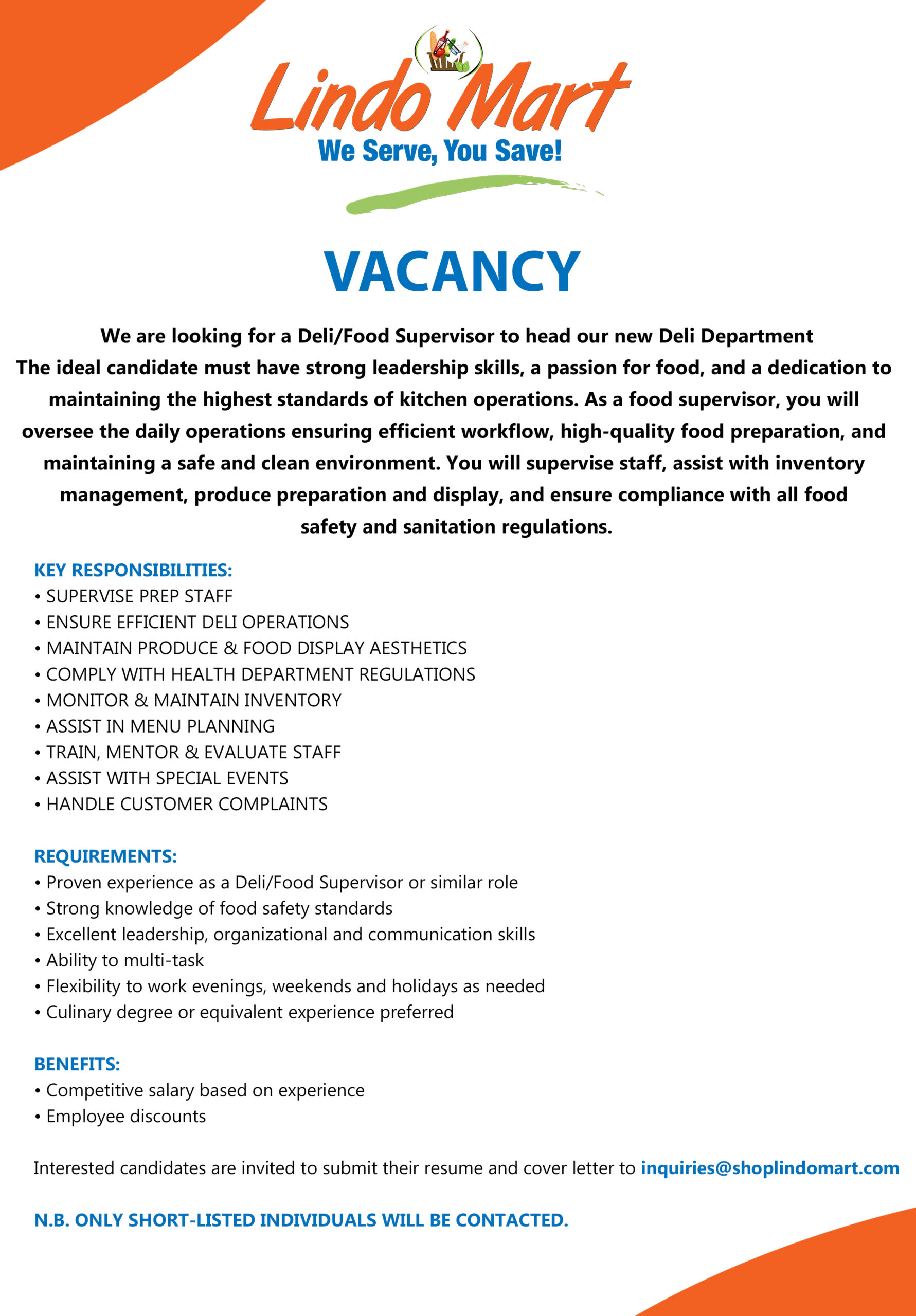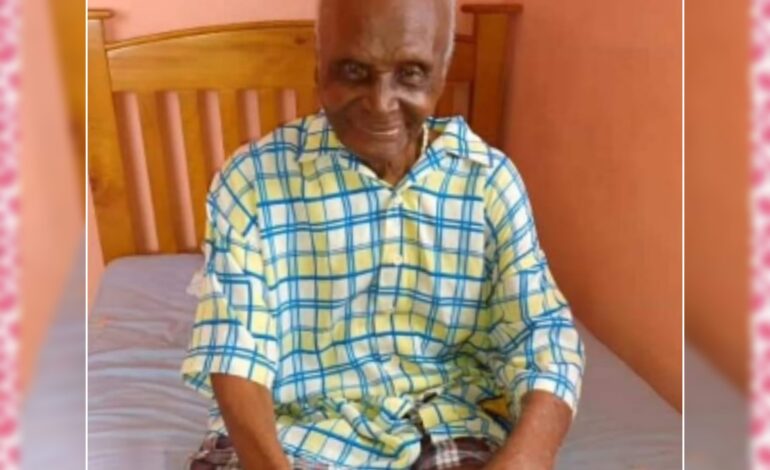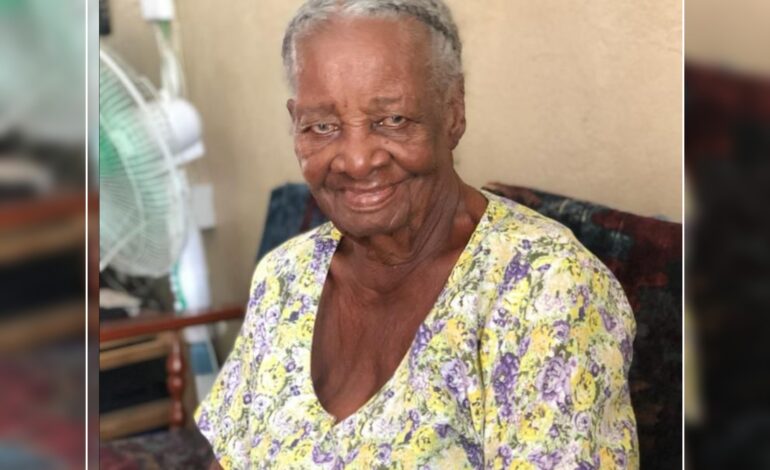
Cancer is the second leading cause of death in the Americas
Washington, DC, February 4, 2022 (PAHO)- On World Cancer Day this February 4, the Pan American Health Organization (PAHO) calls for an increase in cancer treatment and prevention services to reduce new cases of the disease. If no action is taken, cases could increase by nearly 60% by 2040.
“Close the care gap” is the theme of this year’s World Cancer Day, organized by the Union for International Cancer Control (UICC). The day is an opportunity to unite people in the fight against the global cancer epidemic.
Cancer is the second leading cause of death in the Americas, after cardiovascular disease. According to estimates by the Global Cancer Observatory (Globocan), in 2020, 4 million people were diagnosed with cancer 1.4 million died. If no action is taken, more than 6.2 million people are expected to be diagnosed with cancer by 2040.
“The pandemic has caused many obstacles, but we cannot go backwards in the fight against cancer,” said PAHO Director Carissa F. Etienne. “Access to health services make it possible to detect cancer early and treat it effectively,” she said.
Globally, non-emergency services, including cancer screening and diagnosis, were severely affected by restrictions and closures, as well as by the diversion of resources to manage the COVID-19 pandemic. This is expected to increase existing inequalities in cancer care.
In the Americas, moreover, significant inequalities in access to cancer care existed before the pandemic, leading to poor health outcomes. While in North America the survival rate for children with cancer exceeds 80%, in Central America and the Caribbean it is 45%.
These inequities also exist in access to cervical cancer screening, prevention and treatment. Screening coverage for cervical cancer varies from 7% to 89% in the region and mortality rates range from 2 deaths per 100,000 women in Canada to 19 deaths per 100,000 in Paraguay.
Cancer is preventable
Between 30-50% of cancer cases can be prevented through vaccination (against hepatitis B and papillomaviruses) and by reducing the prevalence of known risk factors, such as tobacco use (which causes 25% of cancer deaths), Diets that are deficient in fruits and vegetables and high in red and processed meat; alcohol consumption; physical inactivity; overweight and obesity, and exposure to carcinogens in the workplace are also risk factors.
“Accelerating prevention is key to avoid new cases,” stressed PAHO’s Director of Noncommunicable Diseases and Mental Health, Anselm Hennis. “And for that prevention to be effective it must be based on government-wide approaches, with legislation, regulation and fiscal policies combined with activities to change individual and community behavior,” he added.
PAHO/WHO is promoting three global campaigns in the Americas that seek to address the cancer burden. These initiatives aim to prevent and treat cervical cancer, increase childhood cancer survival, and prevent breast cancer, the most common cancer in women.
Cancer in the Americas – 2020*
– 57% of cases and 47% of deaths occurred in people aged 69 years or younger.
– The types of cancer most frequently diagnosed in men are: prostate (28.6%), lung (11.7%), colorectal (10.2%) and bladder (5.9%).
– The most frequently diagnosed cancers in women are: breast (30.7%), lung (10.3%), colorectal (9.6%) and uterine (6.4%).
– The types of cancer with the highest mortality rates in men are: lung (20.6%), prostate (14.5%), colorectal (10.6%), pancreatic (7%) and liver (6.6%).
– The cancers causing the highest number of deaths in women are: lung (18.4%), breast (17.5%), colorectal (10.6%) and pancreatic (7.2%).
– Almost 500,000 new cases of breast cancer and more than 100,000 deaths from breast cancer were registered in the region.
– 74,410 women were diagnosed with cervical cancer in the Americas and 37,925 lost their lives.
* Estimates by the Global Cancer Observatory (Globocan)
Links:
World Cancer Day 2022: Close the care gap






